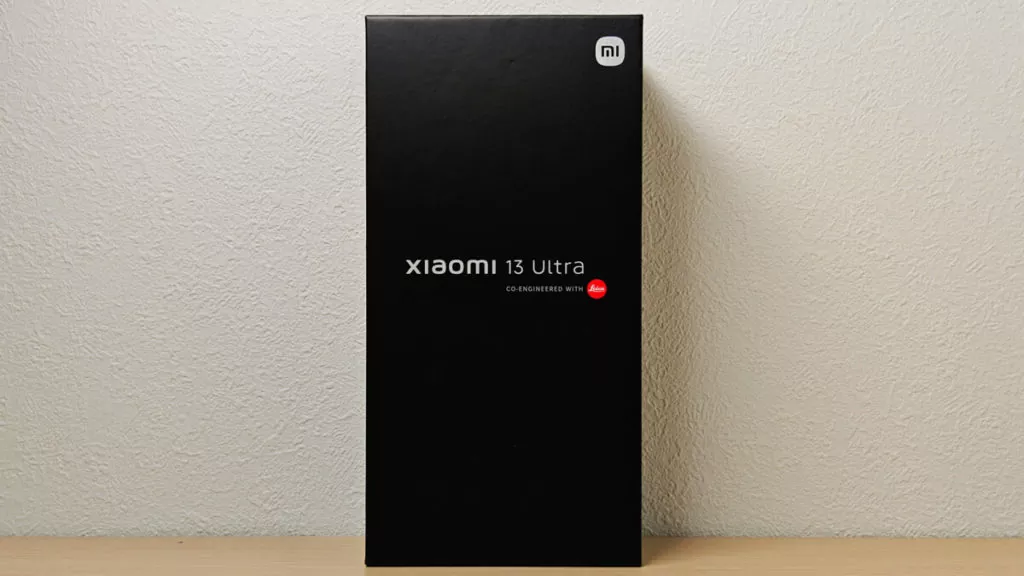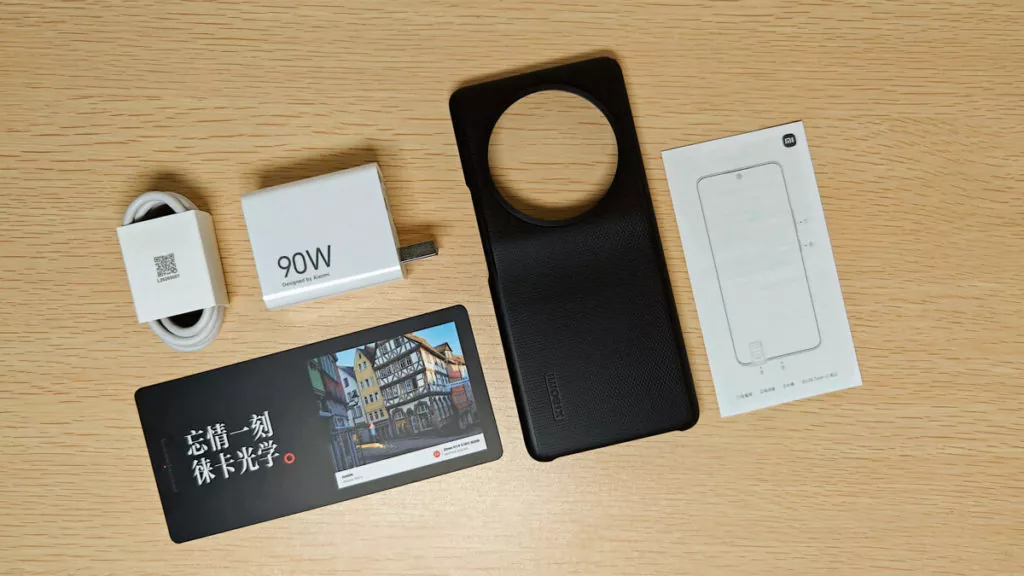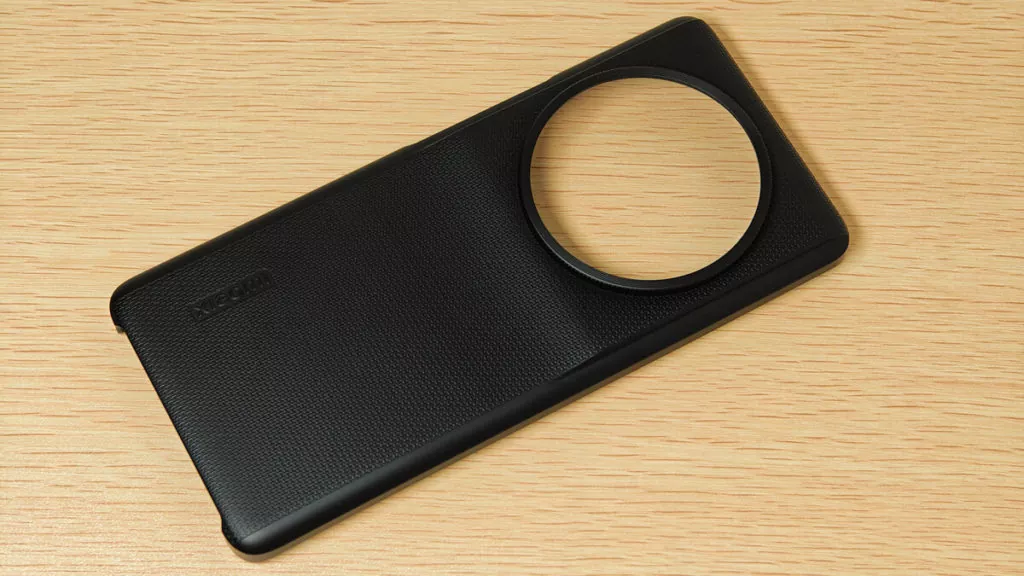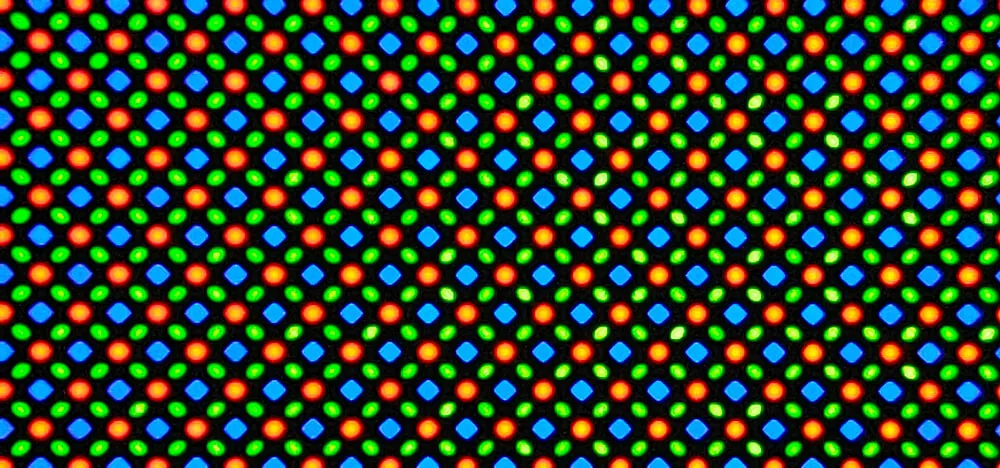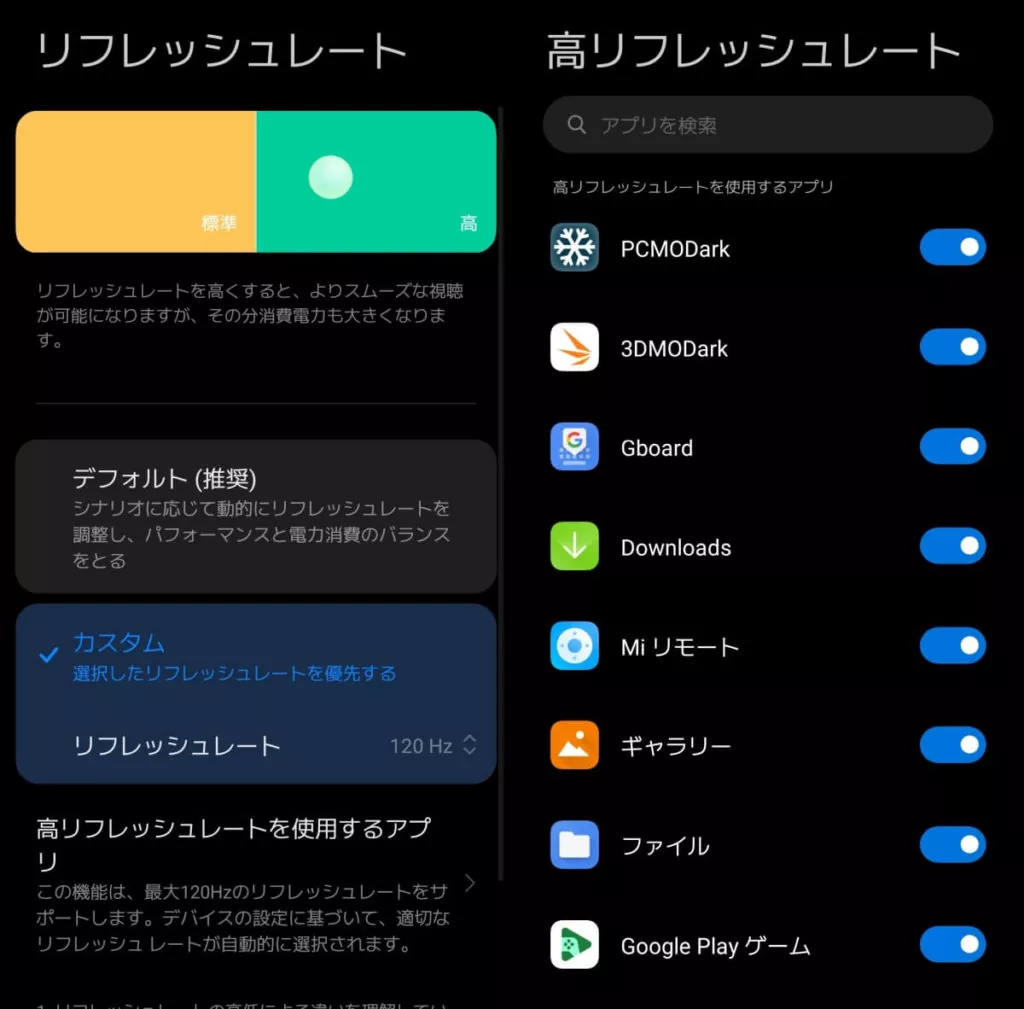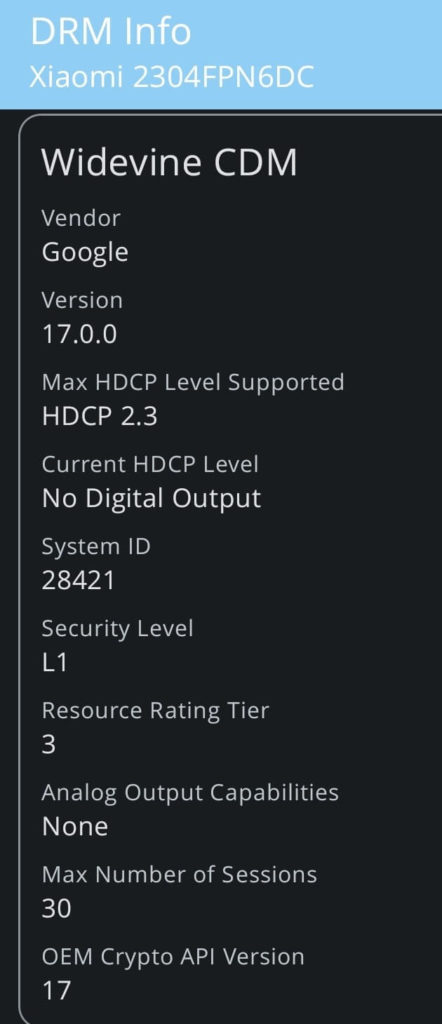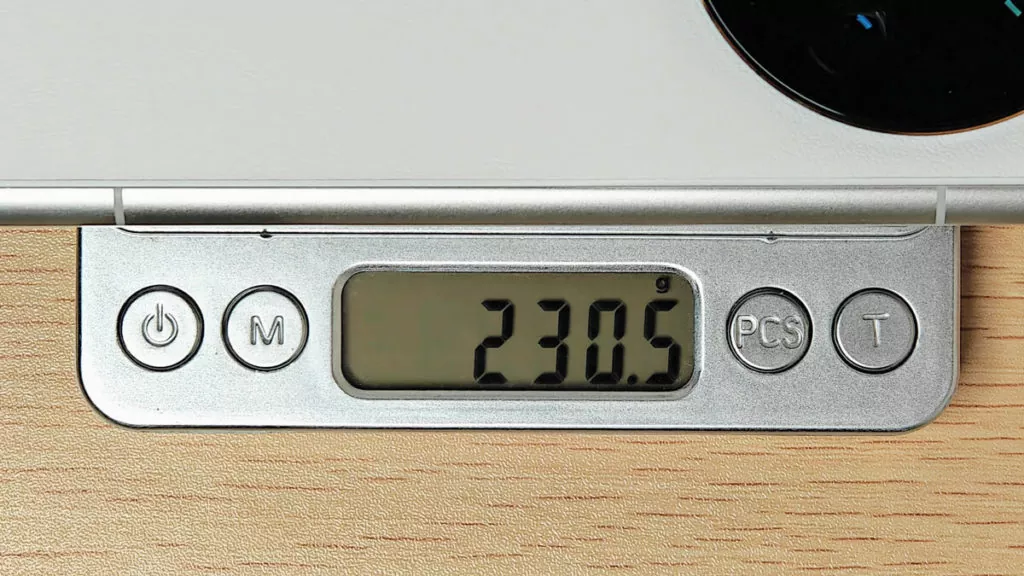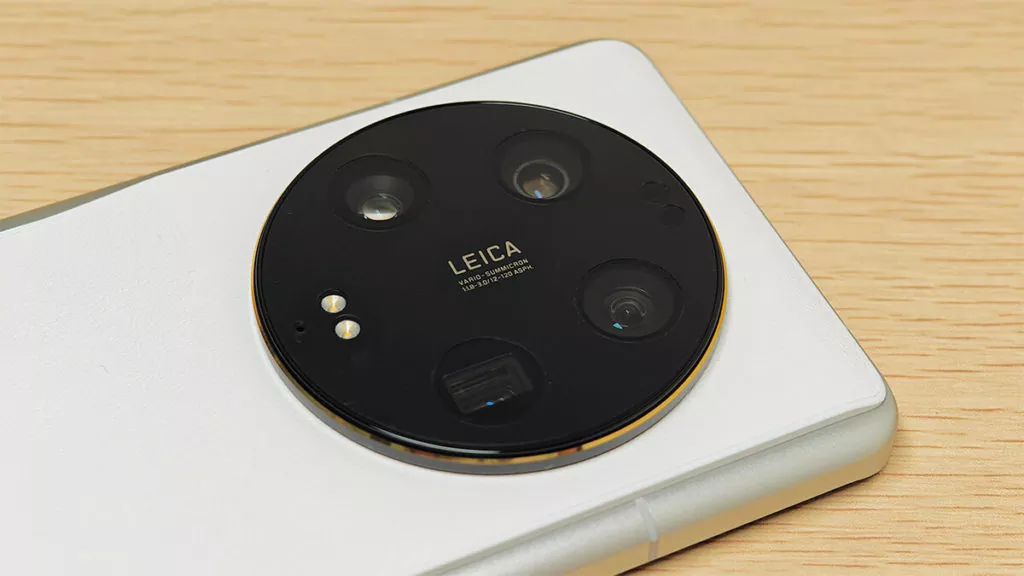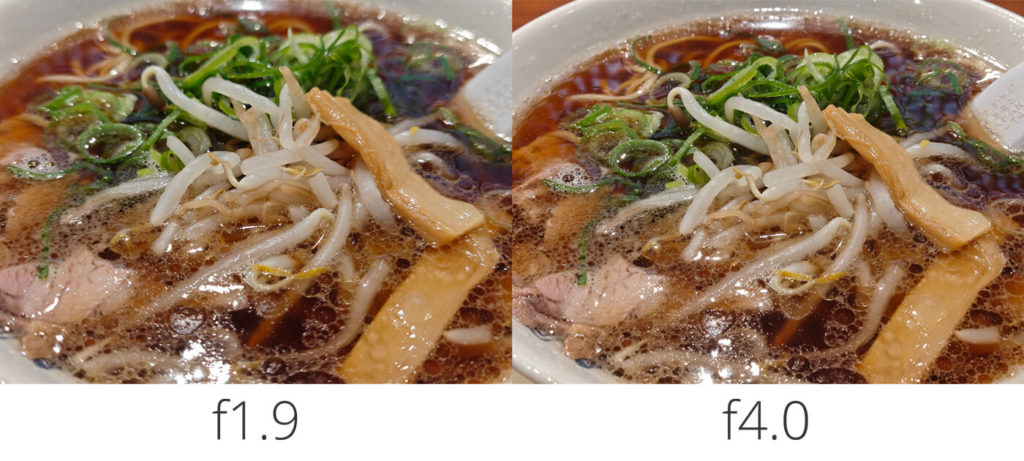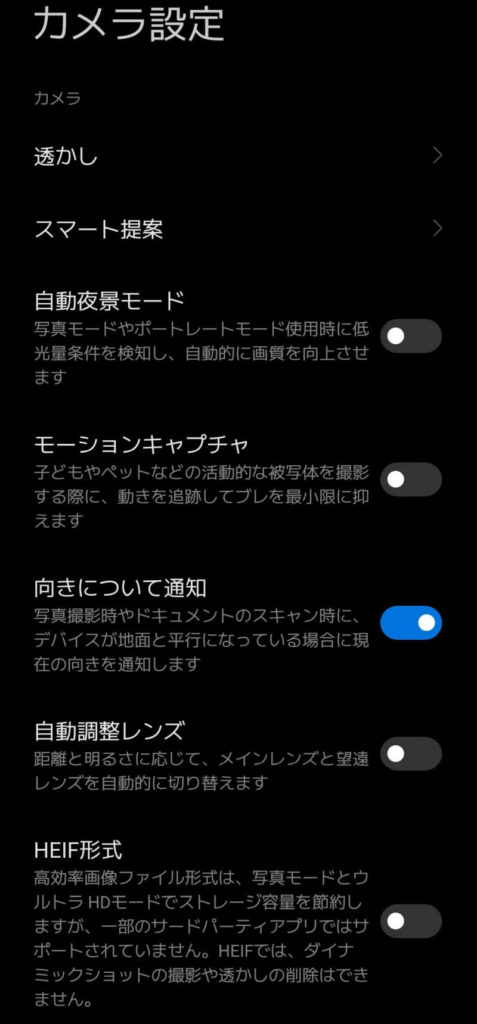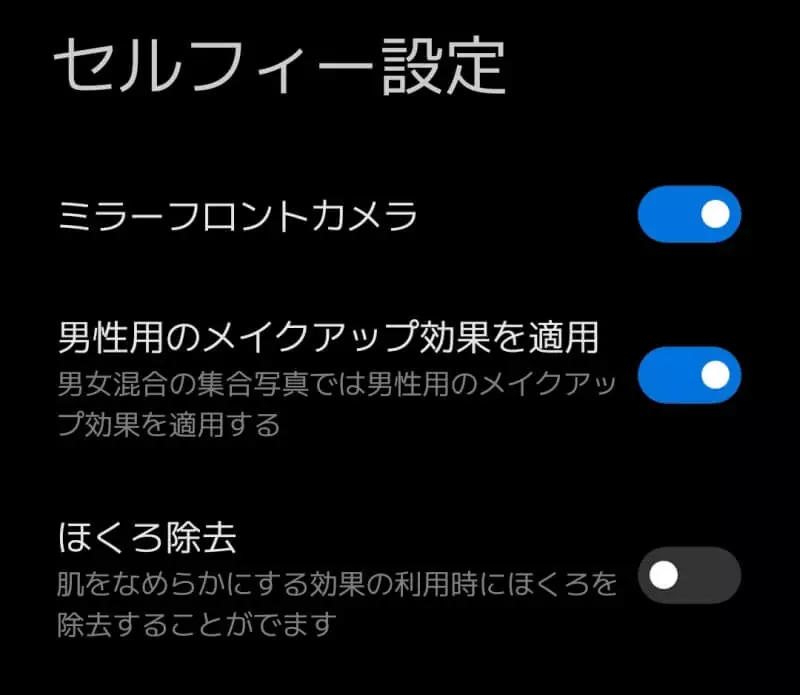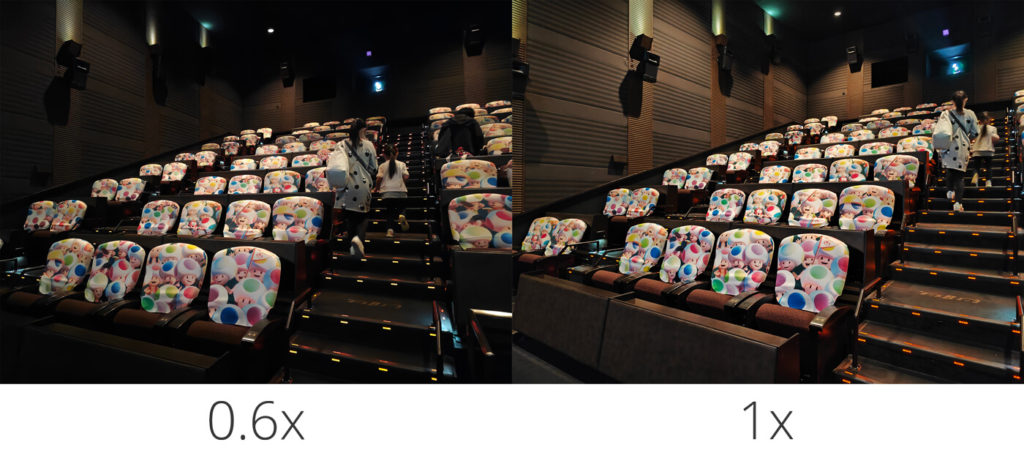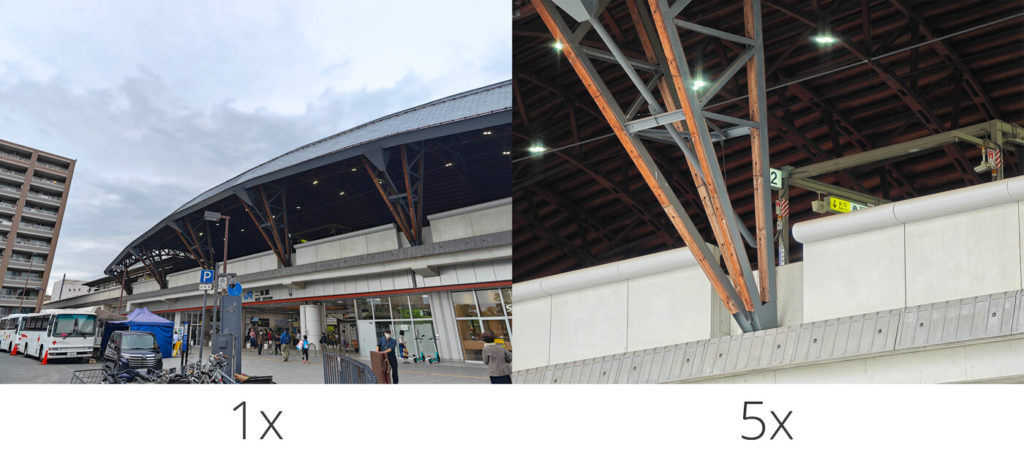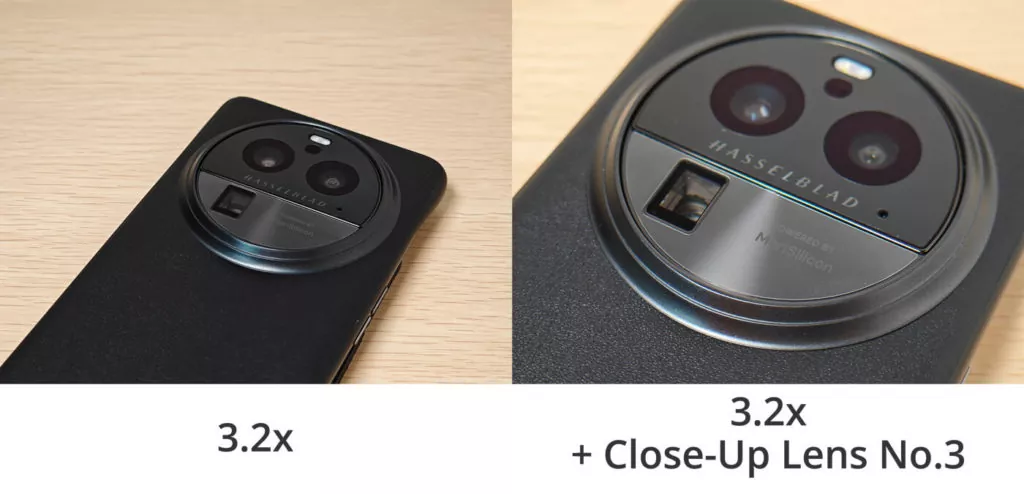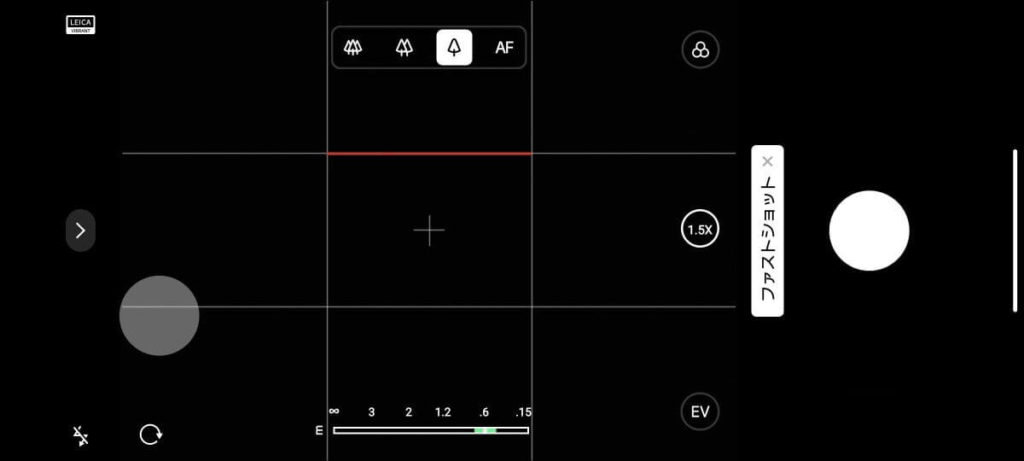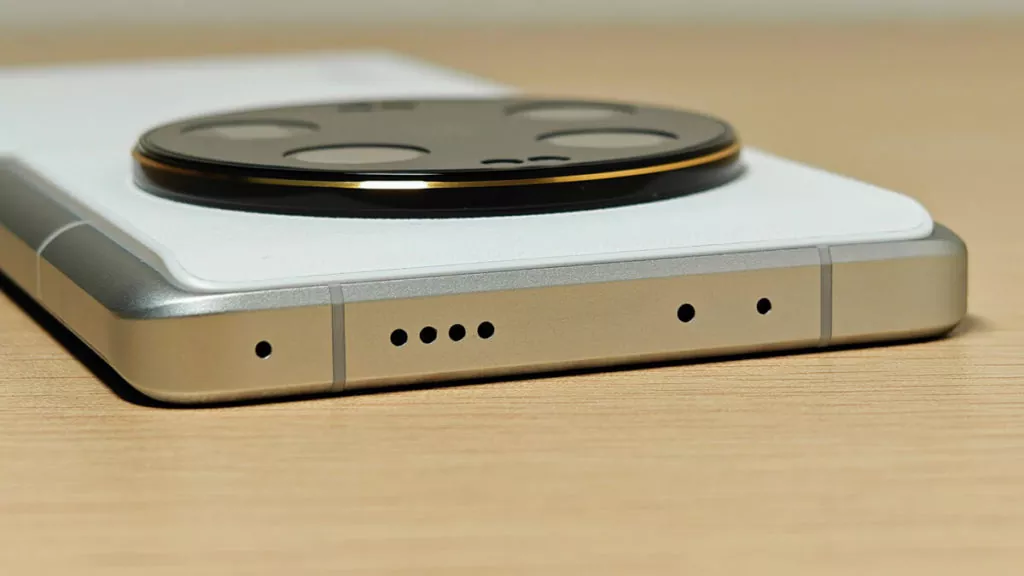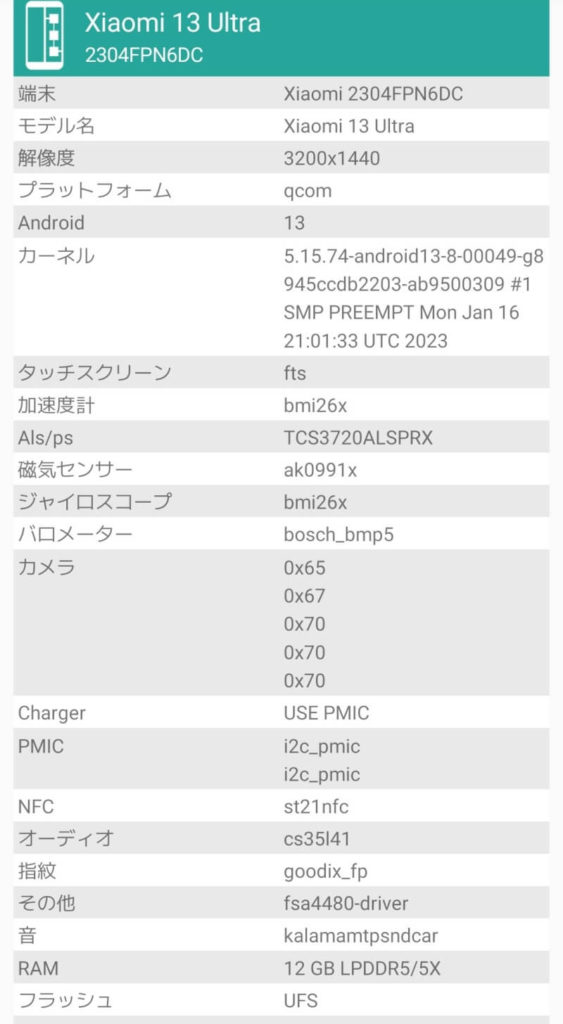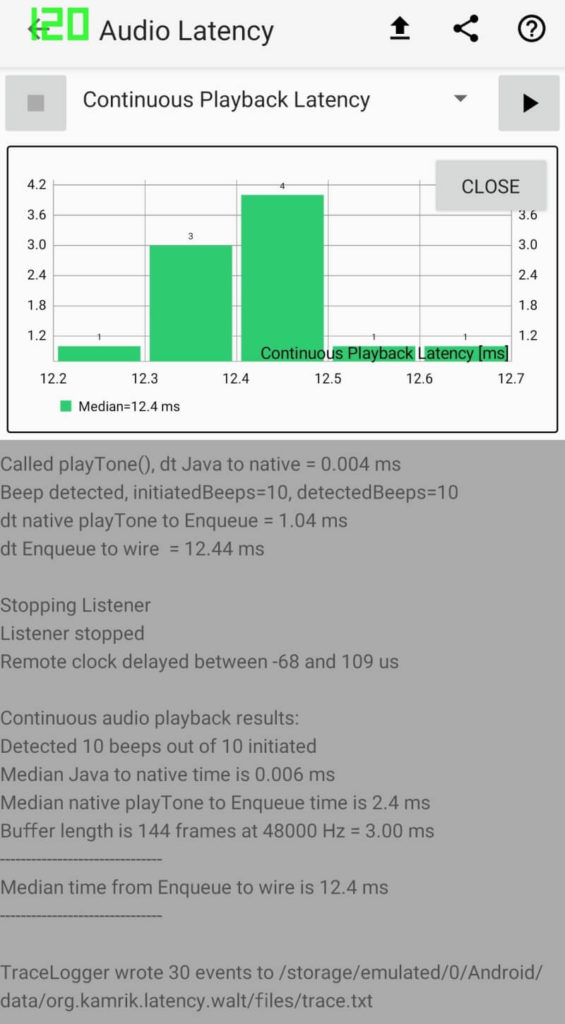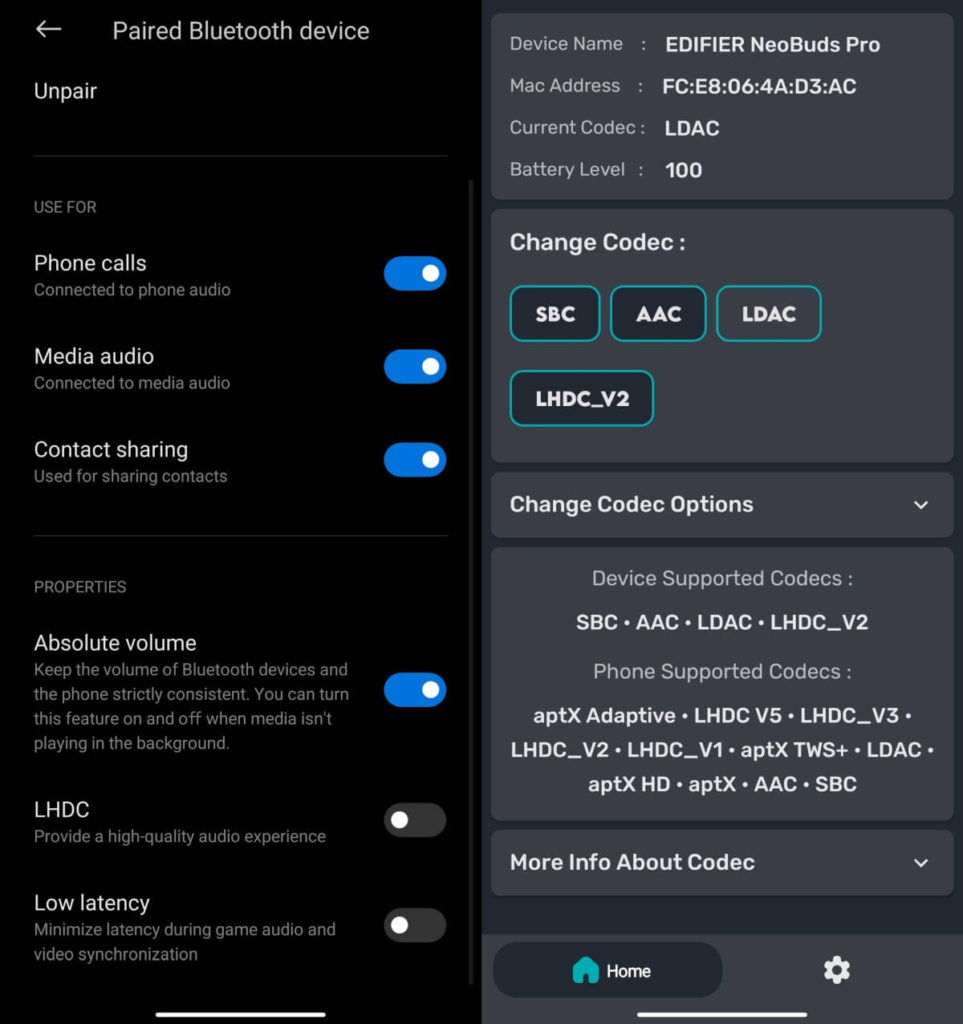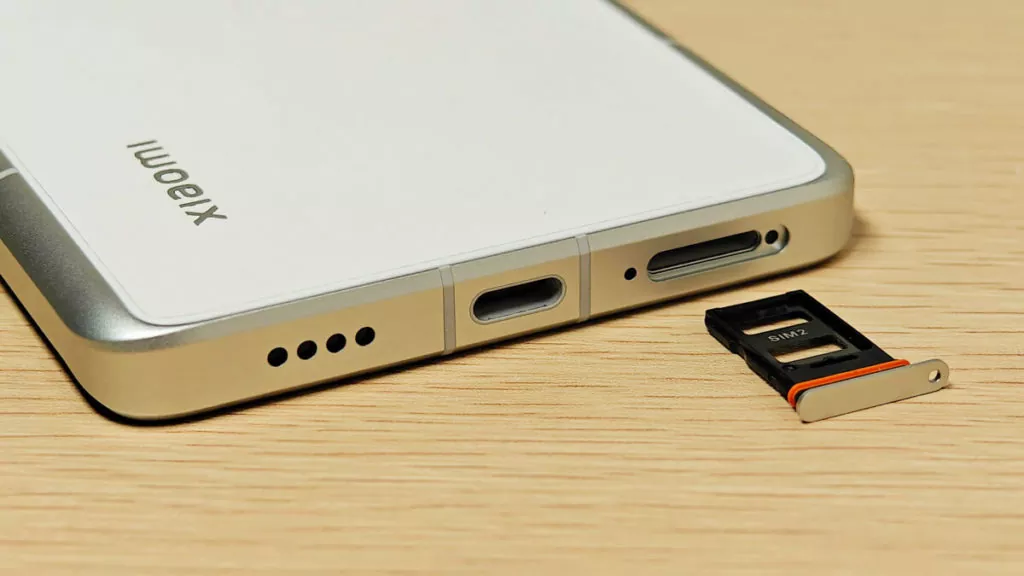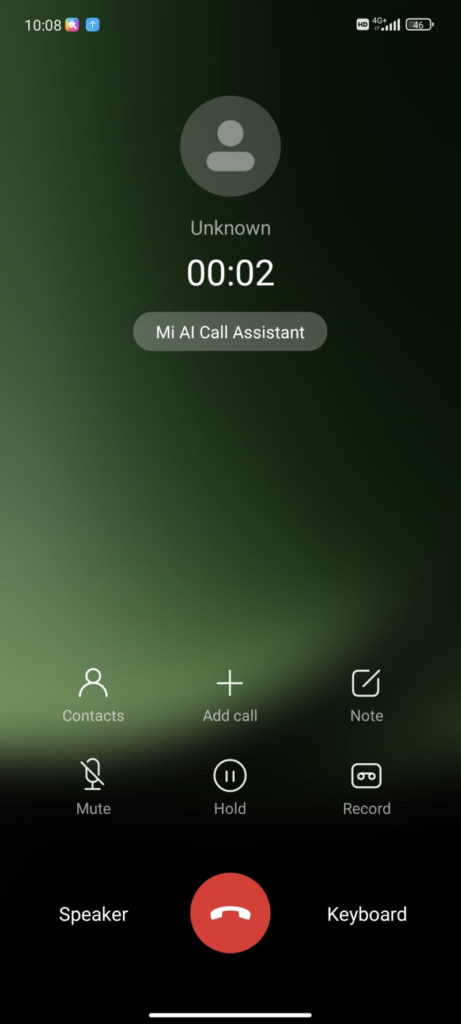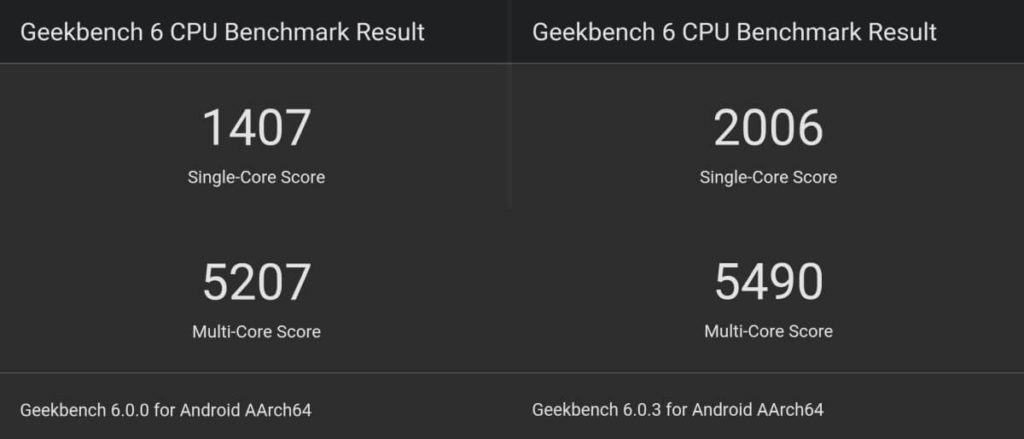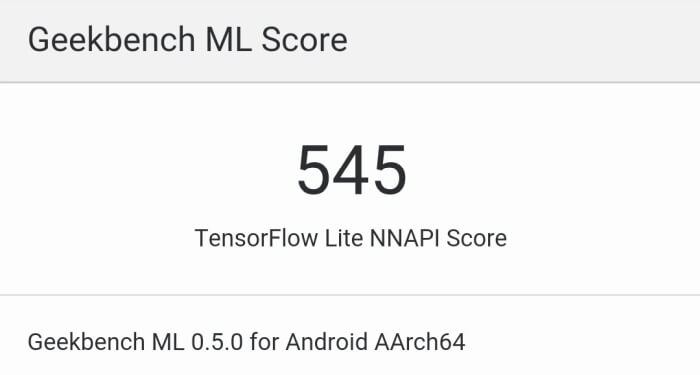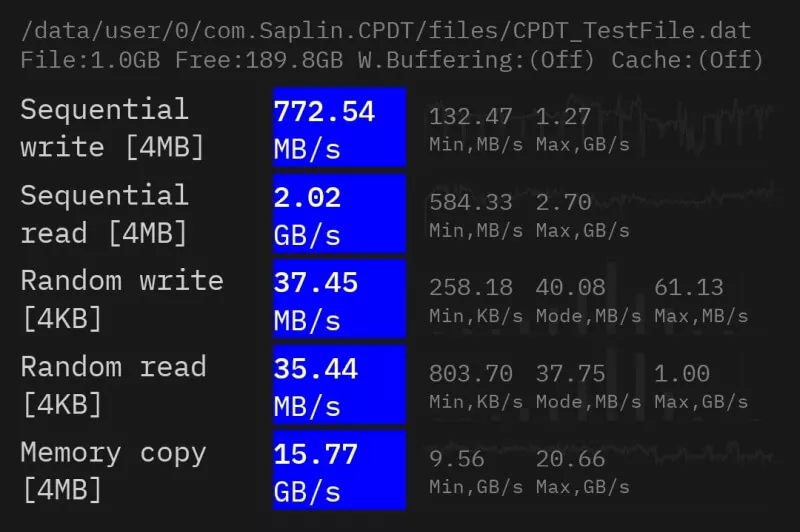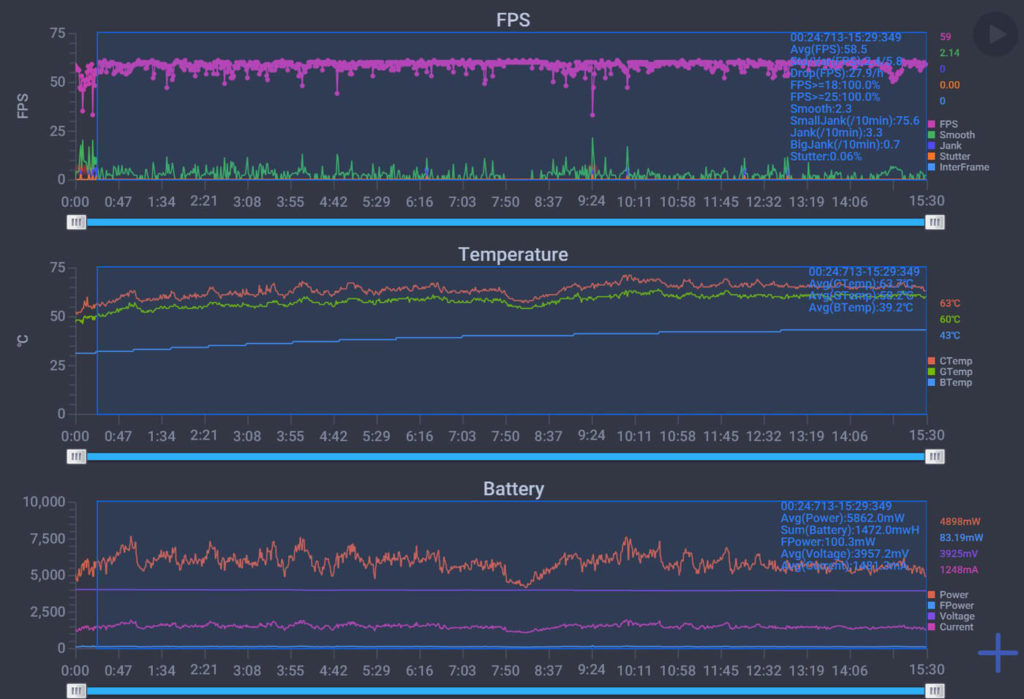Rating: 4.5
I purchased a Xiaomi 13 Ultra.
Variable aperture to prevent too much bokeh
The Xiaomi 13 Ultra is powered by the Snapdragon 8 Gen 2.
It has the luxury of using the 1-inch SONY IMX989 as well as the SONY IMX858 for both ultra-wide angle, telephoto, and medium telephoto, and it also has a variable aperture that can be adjusted in two levels, f1.9 and f4.0.
It is also the first Xiaomi smartphone to include a USB 3.2 Gen 1 port for fast data transfer and video output.
This review is done on the 12GB+256GB version, V14.0.8.0.TMACNXM.
- Snapdragon 8 Gen 2 for high performance and power savings
- Bright 1305 nits display
- 1″ sensor + variable aperture camera
- 3x and 5x telephoto cameras
- 5,000mAh battery with wireless charging support
- USB 3.2 Gen 1 port for video output
- IP68 waterproof and dustproof
- Reasonable but heavy considering the specs
- Aluminum frame gets hot when heated
- Difficult to take tele macro shots
- Speaker holes are easily blocked
| Xiaomi 13 Ultra (2304FPN6DC) | |
|---|---|
| OS | Android 13 |
| RAM | 12GB / 16GB LPDDR5X |
| Storage | 256GB / 512GB / 1TB UFS 4.0 |
| SoC | Snapdragon 8 Gen 2 |
| Display | 6.73inch QHD+ 3200 x 1440 Aspect ratio 20:9 120Hz OLED |
| Size | 163.18 × 74.64 × 9.06mm |
| Weight | 227g |
| SIM | nano SIM + nano SIM |
| Rear Camera | 50MP (OIS / Sony IMX989) + 50MP (Ultra-wide Sony IMX858) + 50MP (OIS / 3x Telephoto Sony IMX858) + 50MP (OIS / 5x Telephoto Sony IMX858) |
| Front Camera | 32MP (OmniVision OV32C) |
| Battery | 5,000mAh |
| USB Port | USB Type-C (USB 3.2 Gen1) |
| Bands | 5G:n1 / n3 / n5 / n8 / n28a / n38 / n40 / n41 / n77 / n78 / n79 4G:FDD-LTE:B1 / B3 / B4 / B5 / B7 / B8 / B12 / B17 /B18 / B19 / B26 TDD-LTE:B34 / B38 / B39 / B40 / B41 / B42 3G:WCDMA:B1 / B4 / B5 / B6 / B8 / B19 2G:GSM:B3 / B5 / B8 CDMA 1X:BC0 |
Index
Instructions, protective case, charging cable and charger are included.
The protective film is attached from the beginning.
The charger is a type that can be used for 90W rapid charging in 100V regions.
The case is made of plastic and does not look very high quality.
The area around the power button and the bottom are not covered.
Easy-to-read display even outdoors
The Xiaomi 13 Ultra has a 6.73″ QHD+ 3200 x 1440 resolution display.
The bezels are about the same as the Xiaomi 13 Pro, which is a step back from the 2023 flagship’s narrow-frame competition, but not much of a concern in everyday use.
TCL C7 material is used and the array is diamond pixel.
When measuring brightness with the LX-1336B during all-white HDR video playback with automatic brightness adjustment on, the brightness reached a maximum of 1106 nits.
Unlike the OPPO Find X6 Pro, which does not brighten indoors, the high-performance panel allows you to enjoy HDR videos.
In outdoors, I was able to confirm that the high brightness mode is triggered and it reaches 1305 nits. It is quite easy to see outdoors during the day.
Although it’s not able to significantly exceed the Xiaomi 13 Pro’s brightness even though Xiaomi 13 Ultra is claimed to have peak brightness of 2600 nits, it is quite impressive that it has grown to a level on par with Samsung, the No. 1 manufacturer of OLED.
Refresh rate is 120Hz.
You can choose to use a high refresh rate for each application. (Apps such as Camera and Genshin, for which a high refresh rate setting makes no sense, are forced to turn it off)
The total touch latency measured by the WALT Latency Timer was 42.5 ms.
Widevine L1 allows streaming in HD quality on Amazon Prime Video (beta) and others.
There is also the ability to upscale video and other functions.
There was no frame interpolation.
It is equipped with an in-screen fingerprint sensor and authentication is highly accurate.
It can bring up the fingerprint icon when the screen is off or reduce the sensor’s light emission in dark areas.
Grippy leather back
The back is made of Nanoskin leather, which is resistant to stains and remains clean even after long-term use.
It has a good grip and is non-slip, so you don’t have to worry about fingerprint smudges.
The edges are slightly angular, which may give a lumpy impression when gripped.
It weighs 230.5g.
This weight is not surprising since it is a luxurious camera configuration and we have not been stingy with batteries, etc., but it is still heavy.
Variable aperture allows for less bokeh photos
Xiaomi 13 Ultra has these quad camers:
- 50MP (OIS / Sony IMX989)
- 50MP (Ultra-wide Sony IMX858)
- 50MP (OIS / 3x Telephoto Sony IMX858)
- 50MP (OIS / 5x Telephoto Sony IMX858)
Since all cameras except the main camera are aligned with the same IMX858, there is little variation in color and resolution.
Hand-held photos are stored here.
The camera UI has been slightly modified.
If you turn on “additional shutter” in the settings, you can position the shutter button where you want.
Under “Aperture,” you can select Auto, f1.9, or f4.0.
When you change the setting, the aperture changes instantly as shown here.
The OIS mechanism also makes a rather loud noise when the device is shaken, but this is not abnormal.
What is good about adjusting the aperture is that it can “reduce bokeh”.
It allows you to take a picture in which a wider area is in focus, thus avoiding “too much blur outside the focused area” such as when taking a picture of a dish.
The aperture adjustment is only available on the main camera, so it cannot be used on a 3x camera because it switches to the other camera.
Although the default setting automatically changes the lens according to distance and brightness, if you turn off “Auto adjust lens” in the settings, the camera will switch to a periscope telephoto lens instead of a digital zoom at telephoto.
The front camera provides make-up and mole removal functions for selfies.
In video, you can use “Smart Noise Reduction” which reduces wind noise, and “Live In-Ear Monitoring” which shows you in real time what sounds are being recorded.
Perhaps with cinematography applications in mind, the device also has a feature called “Director Mode” that allows users to connect multiple smartphones and tablets to shoot and monitor display from multiple angles.
At the moment, this feature is only available on the Xiaomi 13 Ultra and later MIUI 14, so at this point, it seems that only those who have multiple Xiaomi 13 Ultra units will be able to take advantage of this feature.
You will have to choose between LEICA Vibrant, which gives a vivid impression, and LEICA Authentic, which is closer to realistic color tones and has more vignetting.
The LEICA Authentic can take dark, atmospheric photos, while the LEICA Vibrant cannot (or will not) take bright night scenes, so the detail may be inferior to that of the LEICA Vibrant.
If you want to take bright pictures of night scenes, choose LEICA Vibrant.
It can shoot brightly even in very dark places with only a little light, which is quite dark to the naked eye.
However, flare/ghosting is still prone to appear, although it has improved a bit since the 12S Ultra, and it loses out to the vivo X90 Pro+ with ZEISS T* coating.
Unlike the OPPO Find X6 Pro, which automatically synthesizes the moon, the Xiaomi 13 Ultra will properly let you take a picture of the real moon.
If you want to have a beautiful fake moon image in your photos, you can use the Super Moon mode.
Comparing the SONY IMX989 main camera with the SONY IMX858 ultra wide-angle camera, the main camera still seems to take brighter and more detailed pictures.
Up to 5x optical zoom can be done cleanly.
At 10x and 30x, the zoom is coarser due to digital zooming.
Characters are less likely to look weird like Chinese characters because they are not over-processed when zoomed like the vivo X90 Pro+ and others.
The minimum focusing distance of the periscope telephoto lens is about 30cm, so it is not suitable for tele-macro photography, where you use a telephoto lens to take close-up pictures.
However, by using the dedicated case, a 67mm filter can be attached, so if a close-up lens is attached, the No. 3 can get as close as about 17cm.
Although the color tone or softness may change depending on the filter you use, you can also use ND filters and other filters to broaden the range of your photographic style.
The special case and grip are in short supply due to resellers buying them up, and are priced at $199 on GIZTOP, which is a rip-off.
There is also a fast-shot mode that was inspired by hyperfocal distance photography.
The f/4.0 feature allows you to take a picture in which both near and far objects are in focus in as little as 0.8 seconds, making it ideal for capturing quickly moving people and objects.
In the fast shot mode, the distance to the object can be specified at 0.6m, 1.2m, or 5m in addition to the automatic focus, and the zoom can be up to 2x.
I took a fast shot of the bee at the bottom of the tree tag on the right and was able to get the house and wooden fence in the back in focus.
The bee is small and details are smashed….
Equipped with stereo speakers
The Xiaomi 13 Ultra has stereo speakers.
They are asymmetrical, with speaker holes at the top.
The volume level is sufficient even at the second level, and the treble is rather strong and clear. Bass is a bit subdued, but more powerful than the OPPO Find X6 Pro.
The upper speaker hole is in a position where it is easily covered by your hand when held horizontally, so you have to be careful about the position of your hand, which is a bit of a negative.
In addition to Dolby Atmos, you can also choose the “Optimize Audio Quality” option.
“Optimize Audio Quality” allows for age-appropriate adjustments and personalization of the sound.
It is equipped with a Cirrus Logic CS35L41 amplifier.
Measuring the audio output delay with the WALT Latency Timer, it was 12.4 ms.
This is quite small.
Bluetooth supports LHDC / LDAC as well as aptX / aptX HD / aptX Adaptive / aptX TWS+.
Low latency modes are also available.
Finally, a USB 3.2 Gen 1 port
Xiaomi, which has always stuck with USB 2.0 no matter how expensive its high-end smartphones are, has finally equipped them with USB 3.2 Gen 1.
It allows for fast data transfer without poking and prodding when connected to a PC, and is useful for moving data after taking a large number of pictures.
It has IP68 waterproof and dustproof and it supports 90W fast charging, and 50W wireless charging is also available.
Video and audio output in DisplayPort Alt Mode is also supported.
VoLTE calling is also available.
High frame rate, but frame is hot
The Xiaomi 13 Ultra is powered by a Snapdragon 8 Gen 2, which is fast not only with the camera, but also with everyday apps and games.
In Geekbench 6, the package name disguised version (=not affected by manufacturer’s illegal boost) had single-core 1407 and multi-core 5207, while the normal version had single-core 2006 and multi-core 5490.
Since there is a large difference especially in single core, it seems that the performance is controlled by the package name judgment.
AI performance measured in Geekbench ML with TensorFlow Lite/NNAPI was score 545.
The Wild Life Extreme Stress Test in 3DMark, which disguises the package name, scored 2982 to 2973, with a temperature increase from 30°C to 44°C (14°C increase) and a battery consumption of 9%.
Unlike the OPPO Find X6 Pro, which is 45% stable, the OPPO Find X6 Pro is 99.7% stable and delivers high performance continuously.
However, the heat generation is quite large, and the aluminum frame dissipates the heat, making it hot and difficult to hold.
The heat control is not so good for the balanced mode, so I think the thermal control threshold may have been set incorrectly.
Since it continues to produce high performance, I think it will be at a disadvantage in battery life tests and other tests.
In performance mode, the score was 3716→3630, the temperature rise was 26℃→51℃ (25℃ rise) and battery consumption was 14%.
The temperature control seems to be wrong at V14.0.8.0.TMACNXM.
PCMark Work 3.0 (package name disguised), which measures performance in everyday use such as document manipulation, scored 14081.
Xiaomi 13 Ultra has UFS 4.0 storage and LPDDR5X memory.
Both read and write speeds are top class.
When playing Genshin in Performance Mode, Highest Quality, 60FPS setting, Sumeru, and measured with WeTest PerfDog, the average power consumption was 100.20 mW per FPS at 58.5 FPS.
Battery temperatures were up to about 43°C.
As seen in the 3DMark results, heat generation was a little higher in both Performance and Normal modes, and power efficiency was slightly lower than the 12S Ultra.
This is an early firmware release, and tuning will continue to progress.
Conclusion
- Snapdragon 8 Gen 2 for high performance and power savings
- Bright 1305 nits display
- 1″ sensor + variable aperture camera
- 3x and 5x telephoto cameras
- 5,000mAh battery with wireless charging support
- USB 3.2 Gen 1 port for video output
- IP68 waterproof and dustproof
- Reasonable but heavy considering the specs
- Aluminum frame gets hot when heated
- Difficult to take tele macro shots
- Speaker holes are easily blocked
The Xiaomi 13 Ultra is equipped with a 1-inch sensor camera with a variable aperture to increase the area in focus and an IMX858 triple camera with minimal color variation, allowing for beautiful photos in a variety of situations.
Although it is difficult to take tele macro shots, it is possible to get closer to the camera by using a special case to attach a filter.
The heat generation is a little lacking in tuning, but it is not so bad, and it will be improved with updates.
The Xiaomi 13 Ultra is available in China from 5999CNY, with the maximum configuration of 16GB + 1TB for 7299CNY.

